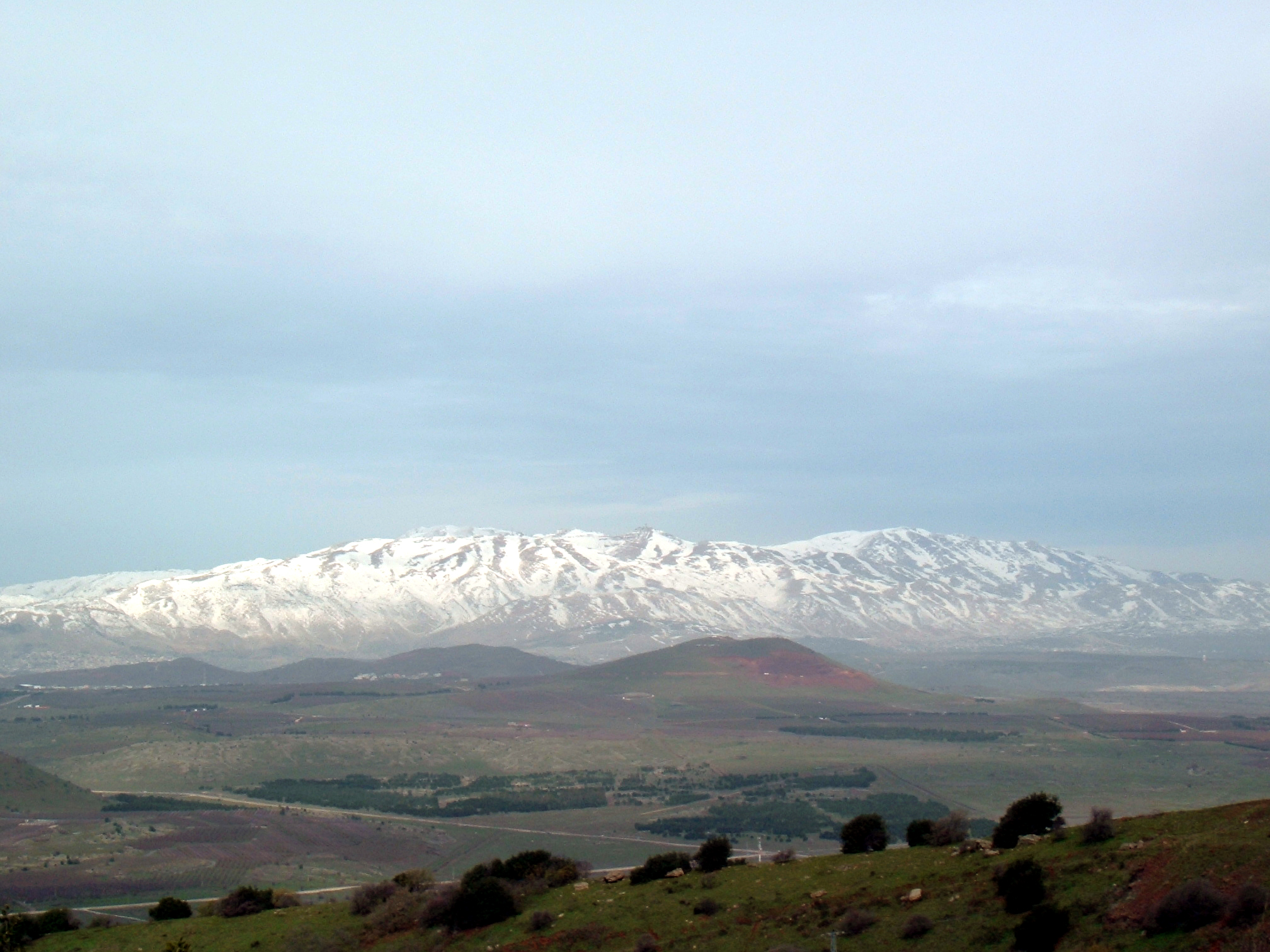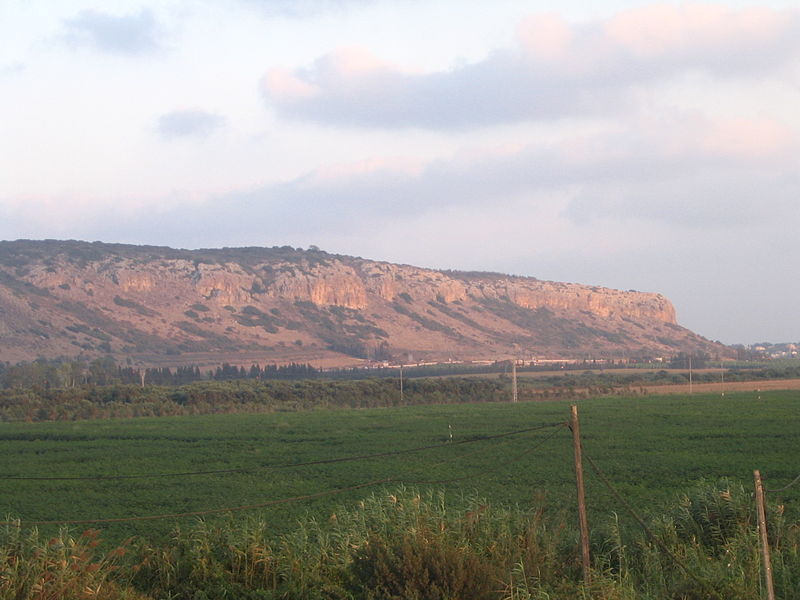Hezekiah’s Tunnel (also known as the Siloam Tunnel)
Jerusalem, as a desert city, depends on the water from a few springs in the area. Keeping that water available for the people of Jerusalem, and keeping the water away from any enemies trying to besiege the city, was an important consideration for the rulers of Jerusalem.
One spring in particular, the Gihon Spring, is found in the Kidron Valley southeast of the Temple Mount. This valuable spring is constant enough to produce a large amount of water. As early as the Middle Bronze Age (1800 BC) until the time of Hezekiah (700 BC), channels and aqueducts and shafts were used to bring the water into the walled city.
During the reign of King Hezekiah (ca. 715 to 686), the kingdom of Judah was preparing for a siege brought by the armies of Sennacherib, the king of Assyria. Hezekiah ordered walls to be built, the city fortified, and the waters of the Gihon Spring to be secured. This was done by constructing a tunnel though (mostly) solid limestone for a length of more than 1770 feet (533 meters) long. This engineering marvel was completed using two teams of men--one team starting at the spring (outside the city) and the other starting at the Pool of Siloam (within the city walls). Using hand tools, the two teams eventually met in the middle.
With all these preparations, King Hezekiah sought the protection and guidance of the Lord. Through the prophet Isaiah, Hezekiah was promised that the king of Assyria would “not come into this city, nor shoot an arrow…” (2 Kings 19:32). And just as the Lord promised, “the angel of the Lord went out, and smote in the camp of the Assyrians...they were all dead corpses” (2 Kings 19:35-36). The Greek historian Herodotus confirms that a plague destroyed the camp of the Assyrians while they were in siege before Jerusalem.
The Siloam Tunnel ends at the Pool of Siloam, which was built to hold the waters available for the people within the city walls. It was rebuilt many times, and is the pool associated with Jesus healing of the “man blind from birth” recounted in the gospel of John, chapter 9.
 |
Artist's reconstruction of the Pool of Siloam at the time of Jesus
Photo credit: Yoav Dotham |
Information for visiting:
According to the Land of the Bible website, the water is very cold (63 degrees!), and it's advisable to bring a change of clothes in the cooler months (like when we'll be there). The water level rises from the ankles to the knees to the waist. It takes roughly 40-60 minutes to wade through the entire tunnel, and a flashlight is essential.
There is also the (dry) Canaanite Tunnel to the left of the main tunnel, which is a dry tunnel walk. Apparently, the Gihon Spring is the place where Solomon was anointed king of Israel, and you can stand on that very ground if you walk the Canaanite Tunnel path. You can also walk down the Herodian street (from the time of Christ) and see the piles of rubble from the destruction of Jerusalem in 70 AD by the Romans. Hezekiah's Tunnel was the last hiding place of some of the fighters during this time.



